Key Takeaways
- Cricket species include camel, spider, and Jerusalem crickets.
- They can damage fabrics, food, and disturb with chirping.
- Seal entry points and use traps or natural repellents to prevent infestations.
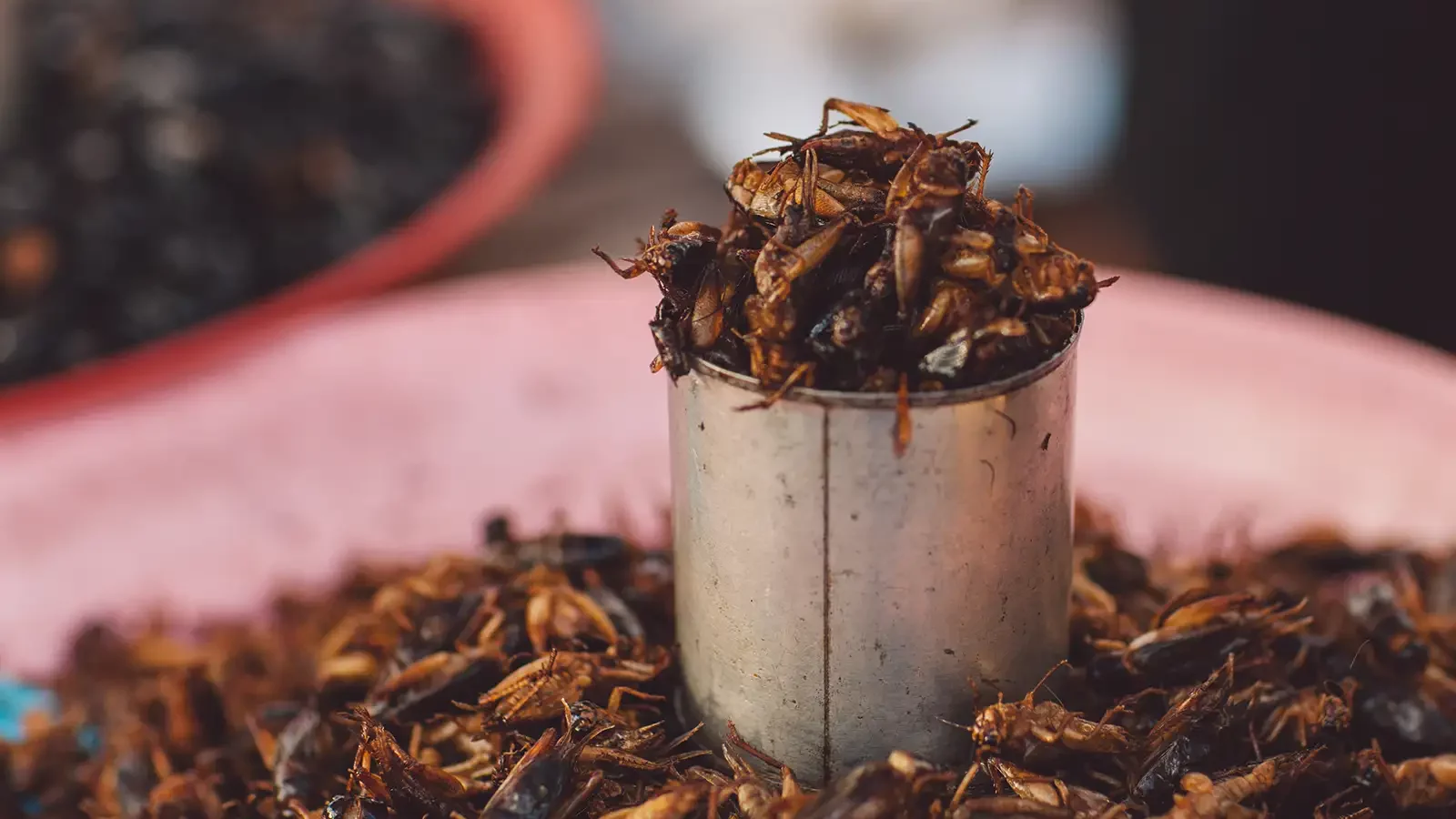 Crickets are small, nocturnal insects known for their chirping sounds and jumping abilities. While many are familiar with the common house cricket, there are several other types of crickets, each with their own unique characteristics.
Whether you’re trying to identify them for pest control or simply out of curiosity, understanding the differences between various types of crickets can be helpful. In this guide, we’ll explore the different types of crickets, their appearances, and some fascinating facts.
Crickets are small, nocturnal insects known for their chirping sounds and jumping abilities. While many are familiar with the common house cricket, there are several other types of crickets, each with their own unique characteristics.
Whether you’re trying to identify them for pest control or simply out of curiosity, understanding the differences between various types of crickets can be helpful. In this guide, we’ll explore the different types of crickets, their appearances, and some fascinating facts.
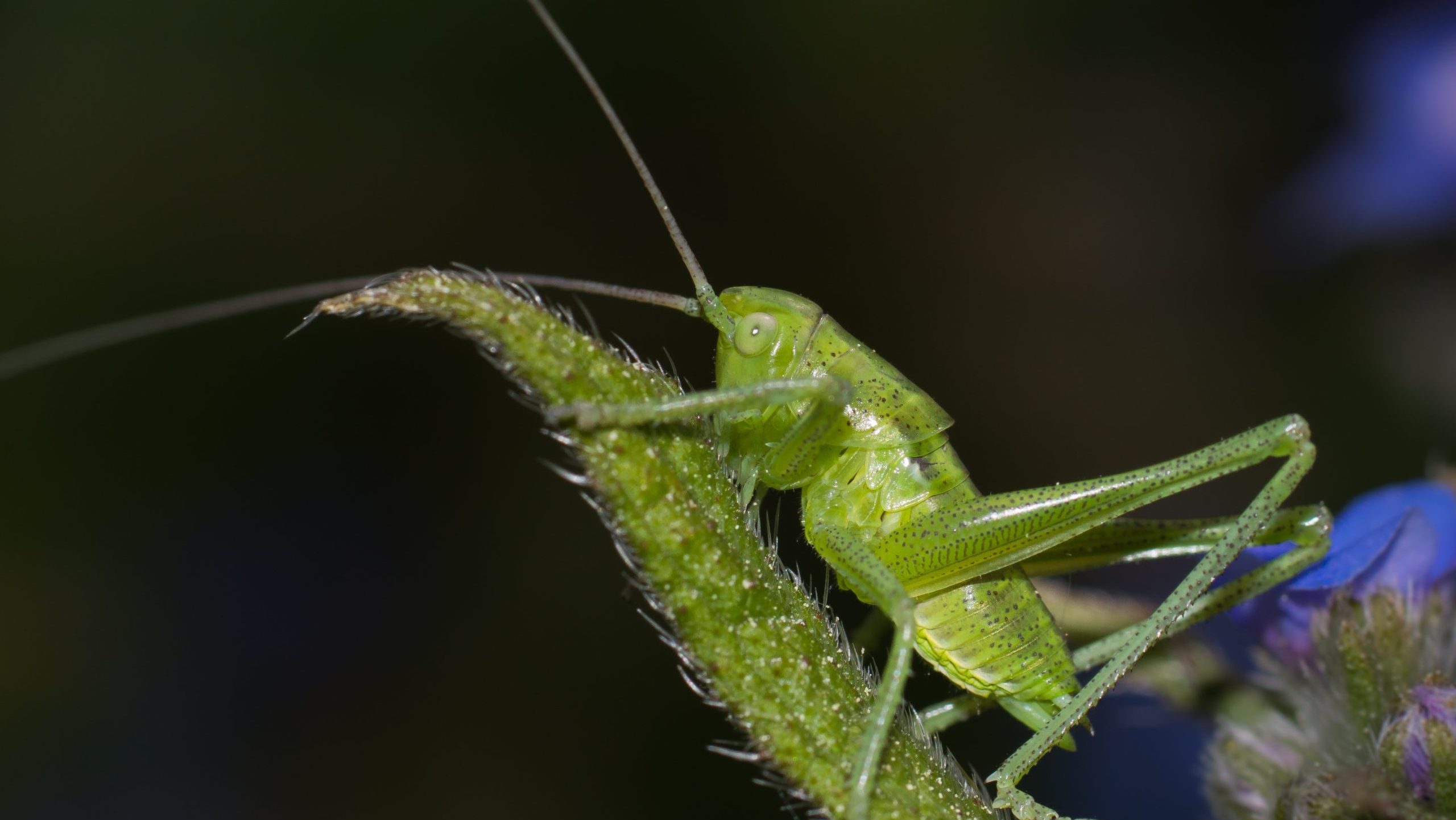

Not getting a solution?
Get your free pest control estimate today!What Do Crickets Look Like?
Crickets are typically small, brown, or black insects with long antennae and powerful hind legs adapted for jumping. They have a cylindrical body, and their wings lie flat on their back. Crickets can vary in size and color, but they all share these key traits:Physical Characteristics of Crickets
-
Size: Typically range from 1/2 inch to 1 inch long.
-
Color: Commonly brown or green.
-
Shape: Crickets have an elongated, cylindrical body that tapers at the back.
-
Body: Slender with strong hind legs adapted for jumping.
-
Antennae: Long and thread-like, often extending beyond their body length.
-
Wings: Many crickets have wings, although not all species use them for flying.
What Do Baby Crickets Look Like?
Baby crickets, known as nymphs, look like mini versions of adult crickets but without wings. They hatch from eggs and go through several molts before reaching adulthood. Nymphs are usually lighter in color and smaller in size, growing progressively larger with each molt. They are often seen in the same environments as adult crickets, such as homes and gardens, basements, and under rocks or logs. They are often found in similar habitats as adults, like gardens, basements, or hiding under rocks or logs. Like adult crickets, baby crickets can also become an issue, especially if they live inside your home.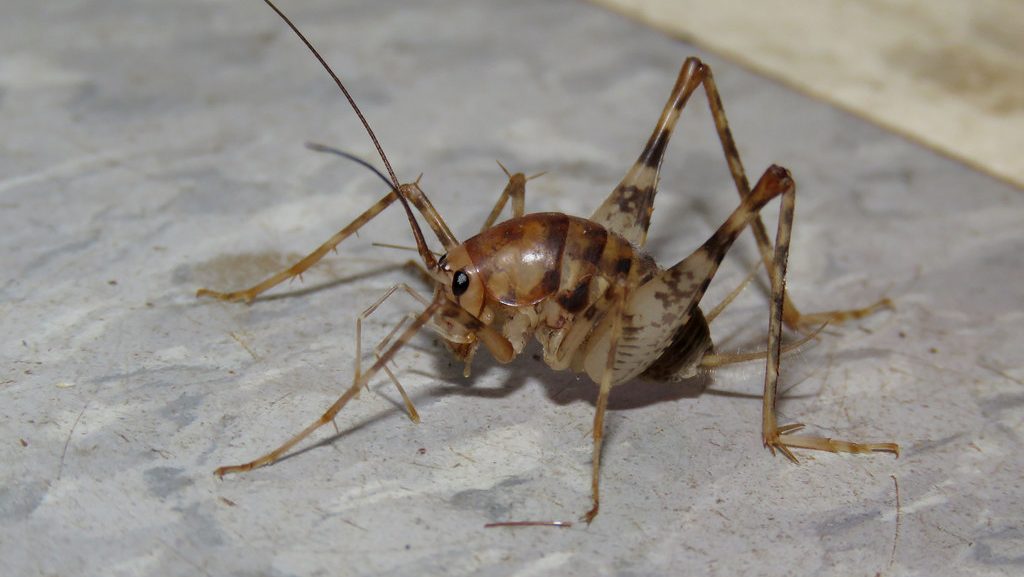
What Are Camel Crickets?
Camel crickets, often called “house crickets,” are easily recognized by their humpbacked shape, long legs, and lack of chirping. These insects prefer dark, damp environments such as basements and crawl spaces, where they thrive in the shadows.Physical Characteristics of Camel Crickets
-
Shape: Humpbacked with a curved, bulky body.
-
Color: Typically light brown or beige, blending into their surroundings.
-
Legs: Extremely long and powerful, adapted for jumping great distances.
-
Size: Grow up to 1 inch in length.
-
Behavior: Silent and nocturnal, often leaping suddenly when disturbed.
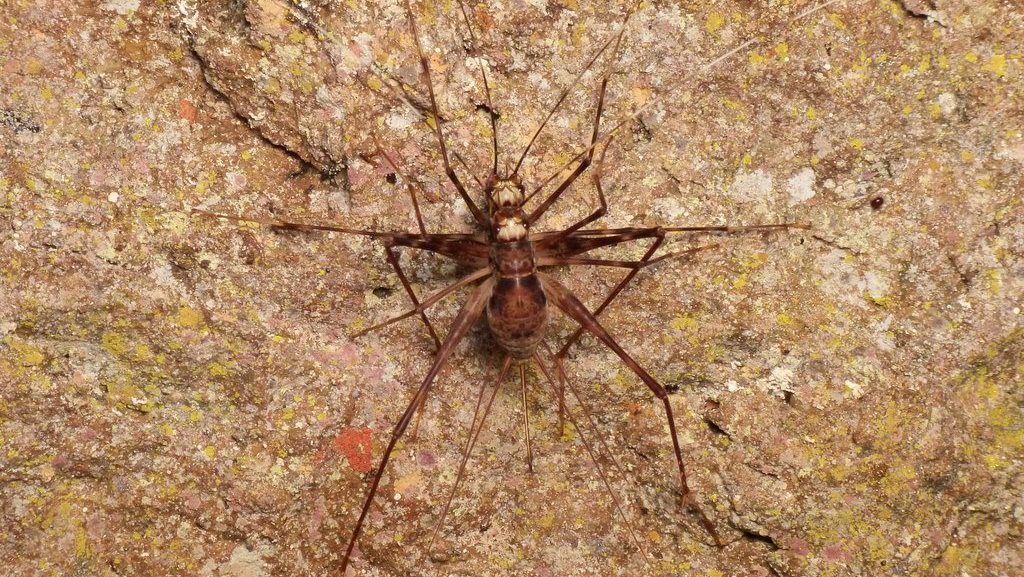
What Are Spider Crickets?
Spider crickets, commonly found in damp, dark areas such as basements and attics, are known for their spindly legs and humpbacked bodies, giving them a spider-like appearance. Their sudden movements and erratic jumping can be startling, though they are harmless to humans.Physical Characteristics of Spider Crickets
-
Body Shape: Elongated, humpbacked body with spider-like legs.
-
Color: Typically light brown or tan, blending with their surroundings.
-
Size: About 1 inch long, with disproportionately long legs.
-
Behavior: Nocturnal and non-chirping. They jump erratically when disturbed.
-
Habitat: Prefer damp, dark environments such as crawl spaces and basements.
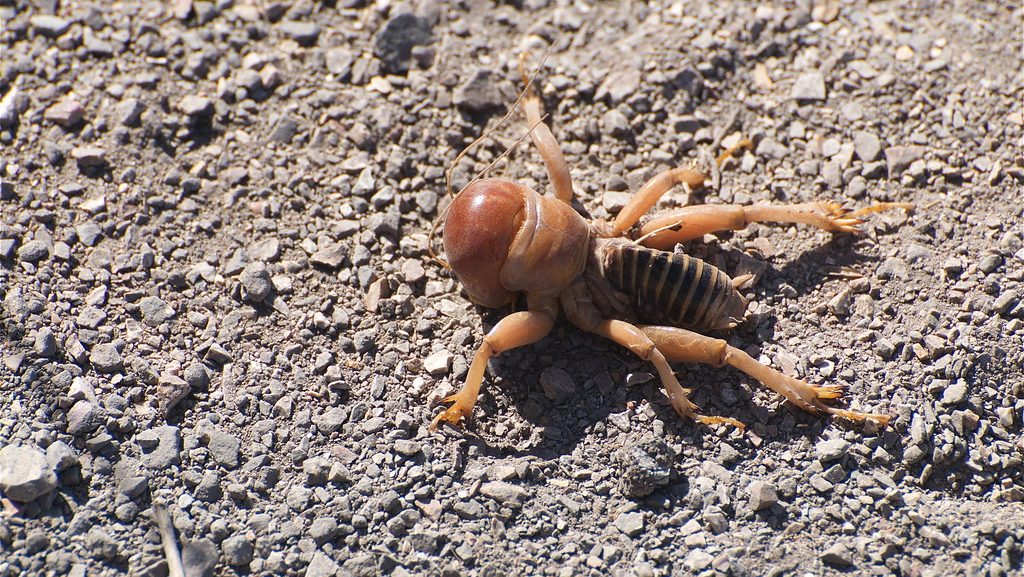
What Are Jerusalem Crickets?
While not true, Jerusalem crickets are often mistaken for them due to their large size and similar body shape. Their bulbous heads and robust bodies easily identify these insects. Despite their intimidating appearance and ability to bite if handled, they are harmless to humans.Physical Characteristics of Jerusalem Crickets
-
Body Shape: Large, thick body with a round, prominent head.
-
Color: Yellowish-brown with distinctive black markings.
-
Size: Can grow up to 2 inches long, much larger than typical crickets.
-
Behavior: Slow-moving and non-chirping but capable of biting when provoked.
-
Habitat: Dry, rocky areas are preferred and rarely found in homes or gardens.
Difference Between Various Types of Crickets
The distinctions between various types of crickets can help you quickly identify which species you’re dealing with. This table shows a quick and concise comparison between different types of crickets| Feature | Common Crickets | Camel Crickets | Spider Crickets | Jerusalem Crickets |
|---|---|---|---|---|
| Size | 1/2 to 1 inch | Up to 1 inch | Up to 1 inch | Up to 2 inches |
| Color | Brown or green | Pale brown or tan | Tan or brown | Yellowish-brown with black markings |
| Legs | Long hind legs | Very long hind legs | Spindly, long legs | Stocky legs, large head |
| Body Shape | Slender, cylindrical | Humpbacked | Elongated, humpbacked | Thick, robust body |
| Sound | Chirping | No chirping | No chirping | No chirping |
| Habitat | Gardens, homes | Basements, crawl spaces | Damp places | Dry, rocky areas |
How to Prevent Cricket Infestation?
Crickets can become an annoyance when they find their way into your home, chirping loudly and potentially causing damage to fabrics or stored items. Preventing them from entering requires a combination of physical barriers, environmental adjustments, and targeted control measures. Here are some effective strategies to keep crickets at bay:Tips to Prevent Cricket Infestations
-
Inspect and seal cracks or gaps in doors, windows, and walls to block cricket entry.
-
Fix leaks and use dehumidifiers to reduce moisture levels in your home.
-
Keep living areas clean and free of crumbs or debris that might attract crickets.
-
Place sticky traps in problem areas to capture crickets.
-
Consult professional pest control services if cricket problems persist.

Myths and Facts About Various Cricket Species
There are many myths surrounding crickets and their behavior. Below, we’ll clarify some of the most common misconceptions with the facts.| Myth | Fact |
|---|---|
| All crickets chirp. | Only certain types of crickets, like the common house cricket, chirp. Camel and Jerusalem crickets do not. |
| Crickets are harmful pests. | While some crickets can damage plants, many play beneficial roles in the ecosystem, such as breaking down organic matter. |
| Baby crickets look very different from adults. | Baby crickets, or nymphs, look like smaller versions of adults but without wings. |
| Jerusalem crickets are found in Jerusalem. | Jerusalem crickets are found in the western United States, not in Jerusalem. |
| Spider crickets bite humans. | Spider crickets do not bite humans; they are harmless and only jump when threatened. |





